Home>Renovation & DIY>DIY Projects & Ideas>What Kind Of Paint Is Used For DIY Projects
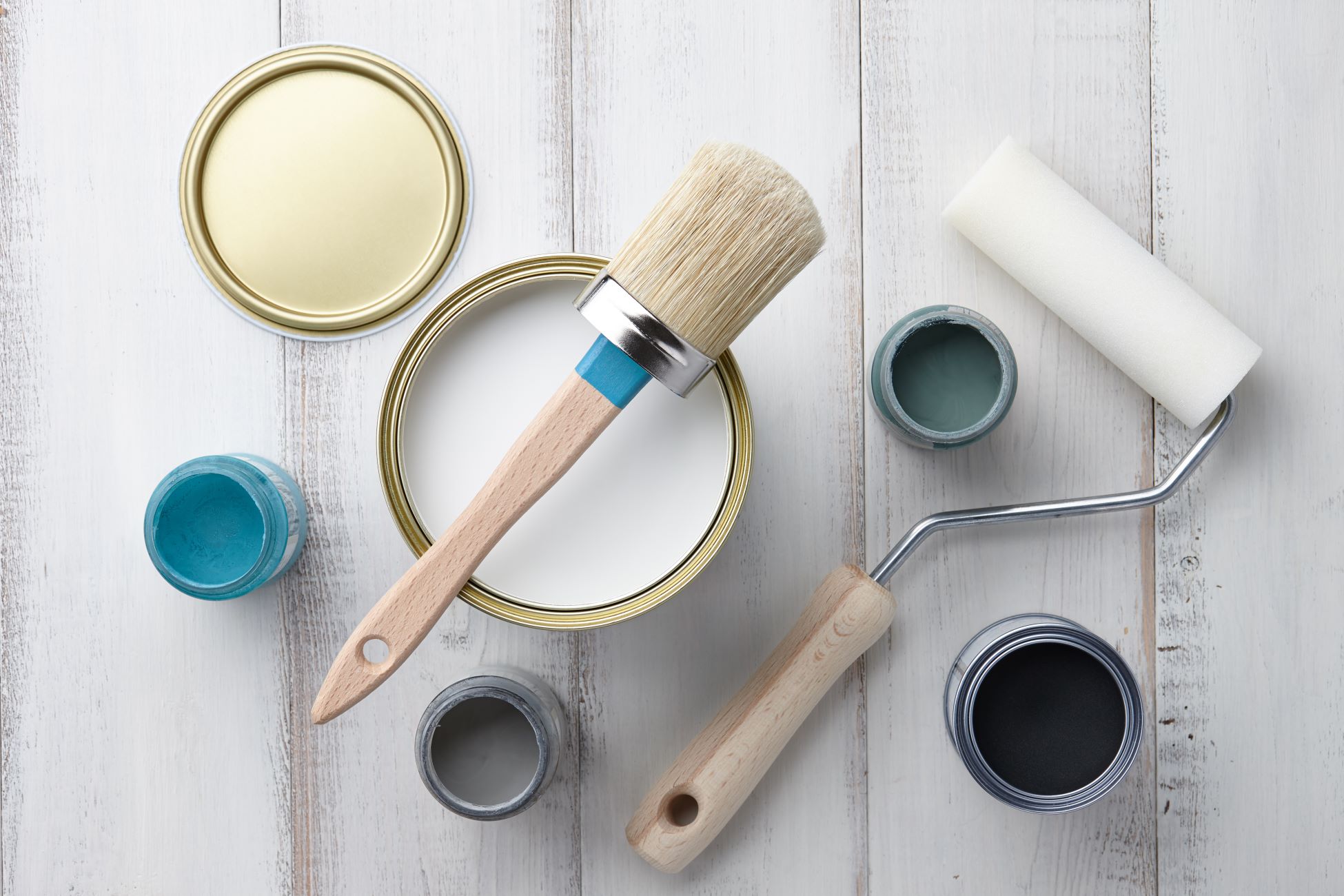

DIY Projects & Ideas
What Kind Of Paint Is Used For DIY Projects
Modified: January 9, 2024
Discover the best type of paint for your DIY projects and get expert tips for achieving professional results. Explore ideas and techniques for your next DIY project.
(Many of the links in this article redirect to a specific reviewed product. Your purchase of these products through affiliate links helps to generate commission for Storables.com, at no extra cost. Learn more)
Introduction
When it comes to DIY projects, choosing the right type of paint is crucial for achieving the desired results. The type of paint you select can significantly impact the appearance, durability, and overall success of your project. With a myriad of paint options available, it's essential to understand the characteristics and applications of each type to make an informed decision.
In this comprehensive guide, we will explore various types of paints commonly used in DIY projects, shedding light on their unique properties, suitable applications, and tips for optimal usage. Whether you're embarking on a furniture refurbishment, wall painting endeavor, or craft project, understanding the distinct features of different paints will empower you to unleash your creativity while achieving professional-quality outcomes.
So, let's delve into the world of paints and discover the perfect choice for your next DIY masterpiece.
Key Takeaways:
- Choose water-based paints for easy cleanup, quick drying, and versatile adhesion. Perfect for interior projects and DIY enthusiasts prioritizing convenience and a wide range of color options.
- Opt for oil-based paints for durable, lustrous finishes, ideal for exterior surfaces, high-traffic areas, and furniture refinishing. Perfect for projects demanding resilience and enduring beauty.
Read more: What Kind Of Concrete To Use In DIY Projects
Water-Based Paints
Water-based paints, also known as latex or acrylic paints, have gained immense popularity in the realm of DIY projects due to their ease of use, quick drying time, and minimal odor. These paints are formulated with water as a carrier, making them environmentally friendly and easy to clean up with soap and water. They are available in a wide array of colors and finishes, catering to diverse project requirements.
Advantages:
- Environmentally friendly and low in volatile organic compounds (VOCs), making them a safer option for indoor use.
- Quick drying time, allowing for multiple coats to be applied in a single day.
- Easy cleanup with water, eliminating the need for harsh chemicals.
- Excellent adhesion to various surfaces, including wood, drywall, and metal.
- Available in a range of finishes, including matte, eggshell, satin, and high-gloss, to suit different aesthetic preferences.
Applications:
Water-based paints are ideal for interior walls, furniture, cabinets, and decorative crafts. They are well-suited for DIY enthusiasts who prioritize convenience, as they offer a smooth application and versatility across different substrates. Whether you're revamping a living space or adding a pop of color to a wooden accent piece, water-based paints provide a user-friendly solution for achieving professional-looking results.
Tips for Usage:
- Ensure the surface is clean, dry, and free of dust before applying water-based paint to promote optimal adhesion.
- Use high-quality synthetic brushes or rollers designed for water-based paints to achieve a flawless finish.
- If painting large areas, consider using a paint sprayer for efficient and uniform coverage.
- Apply thin, even coats to prevent drips and achieve a consistent appearance.
- Allow each coat to dry completely before applying additional layers or performing any touch-ups.
With their versatility, ease of application, and eco-friendly nature, water-based paints have become a go-to choice for DIY enthusiasts seeking a fuss-free painting experience with professional-grade results.
Oil-Based Paints
Oil-based paints, also referred to as alkyd paints, have long been favored for their durability, smooth finish, and ability to create a hard, protective coating. These paints are formulated with synthetic or natural oils as the base, offering unique advantages that make them suitable for specific DIY projects.
Advantages:
- Exceptional durability and resistance to wear, making them ideal for high-traffic areas and surfaces prone to heavy use.
- Superior adhesion to various substrates, including wood, metal, and previously painted surfaces.
- Smooth leveling properties, resulting in a lustrous, professional-looking finish.
- Excellent stain resistance and washability, ensuring long-lasting beauty and easy maintenance.
- Available in a wide range of colors and finishes, including high-gloss and semi-gloss options for a luxurious sheen.
Applications:
Oil-based paints are well-suited for exterior surfaces, such as doors, trim, and metal fixtures, where durability and weather resistance are paramount. They are also a preferred choice for refinishing furniture, cabinets, and woodwork, providing a robust and polished appearance. Additionally, oil-based paints can be used on interior walls in areas that necessitate frequent cleaning, such as kitchens and bathrooms.
Tips for Usage:
- Ensure proper ventilation when using oil-based paints, as they emit strong fumes and require adequate airflow.
- Use high-quality natural bristle brushes or foam rollers specifically designed for oil-based paints to achieve a flawless application.
- Allow ample drying time between coats, as oil-based paints have a longer drying time compared to water-based alternatives.
- Clean brushes and equipment with mineral spirits or paint thinner, as water is ineffective for cleaning oil-based paint residue.
- Consider applying a primer before using oil-based paint to enhance adhesion and promote a uniform finish.
While oil-based paints require careful handling and longer drying times, their exceptional durability and luxurious finish make them an excellent choice for DIY projects that demand lasting beauty and resilience.
Acrylic Paints
Acrylic paints have gained widespread acclaim in the realm of DIY projects for their versatility, vibrant colors, and rapid drying properties. Formulated with acrylic polymer emulsion, these water-based paints offer a host of benefits that cater to the diverse needs of artists, crafters, and DIY enthusiasts.
Advantages:
- Quick drying time, allowing for efficient layering and blending techniques without extended waiting periods.
- Excellent color retention and resistance to fading, ensuring long-lasting vibrancy in finished projects.
- Flexible and durable when dry, accommodating various application methods and supporting mixed-media projects.
- Water-soluble when wet, facilitating easy cleanup and enabling the creation of translucent washes and glazes.
- Available in a wide spectrum of colors, including metallic and iridescent options, to unleash artistic creativity.
Applications:
Acrylic paints are suitable for a broad range of DIY projects, including canvas art, decorative crafts, and small-scale furniture refurbishments. Their adaptability makes them an ideal choice for artists and hobbyists seeking a medium that allows for experimentation and expression. Additionally, acrylic paints can be used on surfaces such as wood, paper, fabric, and plastic, expanding their utility across various creative endeavors.
Tips for Usage:
- Experiment with different application techniques, such as brushwork, palette knife application, and pouring, to explore the diverse possibilities of acrylic paints.
- Utilize acrylic mediums to alter paint consistency, extend drying time, create texture, or achieve special effects, adding depth and dimension to your artwork.
- Consider priming surfaces with gesso before painting with acrylics to enhance adhesion and create a suitable painting ground.
- Seal finished acrylic projects with a varnish or sealant to protect the surface, intensify colors, and provide UV resistance for outdoor applications.
With their fast-drying nature, vibrant hues, and adaptability across various surfaces, acrylic paints empower DIY enthusiasts and artists to unleash their creativity and bring their imaginative visions to life with stunning results.
When choosing paint for DIY projects, look for acrylic or latex paint for indoor projects, and oil-based paint for outdoor projects. Consider the surface you are painting and choose the appropriate finish for the desired look and durability.
Chalk Paints
Chalk paint has revolutionized the DIY community with its distinctive matte finish, effortless application, and versatile adhesion properties. This unique type of paint, known for its velvety, chalky appearance, has garnered a dedicated following among furniture refinishers, decor enthusiasts, and creative individuals seeking to achieve a shabby-chic or vintage aesthetic.
Advantages:
- Exceptional adhesion to various surfaces, including wood, metal, plastic, and even previously finished or waxed furniture, eliminating the need for extensive surface preparation.
- Minimal to no sanding or priming required, simplifying the painting process and saving time on prepping projects.
- Distinctive matte finish with a velvety texture, offering a charming, time-worn appeal that complements rustic, farmhouse, and eclectic decor styles.
- Wide range of available colors, from muted neutrals to vibrant hues, allowing for creative expression and customization of furniture and decor pieces.
- Ability to distress and age the painted surface easily, creating an authentic, weathered look through simple sanding or waxing techniques.
Applications:
Chalk paints are ideal for refurbishing furniture, reviving outdated decor items, and adding character to interior accents. Their forgiving nature and ability to adhere to diverse surfaces make them a popular choice for DIY enthusiasts who appreciate a user-friendly painting experience with stunning, personalized outcomes. Whether you’re transforming a thrifted dresser, updating kitchen cabinets, or embellishing home accessories, chalk paints offer endless possibilities for creative expression.
Tips for Usage:
- Embrace the distressed look by lightly sanding the edges and raised areas of the painted surface after the paint has dried, imparting a charming vintage patina.
- Experiment with layering colors and utilizing wax or glaze to create depth and dimension, enhancing the rustic allure of your chalk-painted projects.
- Consider sealing the painted surface with a clear wax or polyurethane for added protection and durability, especially for furniture and high-traffic items.
- Explore decorative techniques, such as stenciling and decoupage, to embellish chalk-painted surfaces and infuse them with personalized flair.
With their forgiving application, charming finish, and ability to transform everyday items into personalized treasures, chalk paints empower DIY enthusiasts to embark on creative projects with confidence and achieve stunning, custom-made decor pieces.
Spray Paints
Spray paints have emerged as a versatile and convenient option for DIY projects, offering a seamless application process, quick drying time, and the ability to achieve smooth, professional-looking finishes. Packaged in aerosol cans, these paints provide an efficient and portable means of adding color, texture, and protective coatings to a wide range of surfaces.
Advantages:
- Even and consistent coverage, enabling the application of thin, uniform coats for a flawless finish.
- Wide selection of colors and specialty finishes, including metallic, textured, and high-gloss options, catering to diverse project requirements.
- Convenient and portable packaging, allowing for easy maneuverability and access to tight or intricate spaces.
- Quick drying time, facilitating efficient project completion and reducing the risk of dust or debris settling on wet paint.
- Adherence to various surfaces, such as metal, plastic, wood, and wicker, making spray paints suitable for a myriad of DIY applications.
Applications:
Spray paints are well-suited for a broad spectrum of DIY projects, including furniture refinishing, automotive touch-ups, home decor enhancements, and craft undertakings. Their versatility and ease of use make them an ideal choice for individuals seeking a convenient and effective method of transforming surfaces with vibrant color or protective coatings. Whether you’re reviving outdoor furniture, adding a metallic sheen to decor accents, or customizing accessories, spray paints offer a user-friendly solution for achieving professional results.
Tips for Usage:
- Shake the aerosol can vigorously before and during use to ensure thorough mixing of the paint and optimal spray pattern.
- Maintain a consistent distance between the can and the surface being painted to achieve even coverage and prevent drips or pooling.
- Apply multiple thin coats, allowing each coat to dry before adding additional layers, to build up color and achieve a smooth, durable finish.
- Use masking tape, stencils, or cardboard shields to protect adjacent areas and create clean, precise lines when applying spray paint.
- Work in a well-ventilated area or outdoors, taking necessary precautions to avoid inhalation of fumes and overspray.
With their versatility, ease of application, and ability to deliver professional-quality finishes, spray paints empower DIY enthusiasts to embark on a wide array of projects with confidence, efficiency, and impressive results.
Conclusion
As we conclude our exploration of various types of paints used in DIY projects, it becomes evident that the world of paint offers an array of options, each with its unique characteristics and applications. Whether you’re embarking on a furniture refurbishment, wall painting endeavor, or craft project, the choice of paint plays a pivotal role in determining the outcome of your creative endeavor.
Water-based paints, including latex and acrylic options, provide a user-friendly and environmentally conscious solution for interior projects, offering quick drying time, easy cleanup, and versatile adhesion. These paints are ideal for those seeking convenience and a wide range of color options for their DIY undertakings.
Oil-based paints, renowned for their durability and lustrous finish, cater to projects that demand resilience and a luxurious appearance. Their exceptional adhesion and robust nature make them well-suited for exterior surfaces, high-traffic areas, and furniture refinishing, where enduring beauty is paramount.
Acrylic paints, celebrated for their vibrant colors, fast-drying properties, and adaptability across various surfaces, empower artists and DIY enthusiasts to unleash their creativity and bring imaginative visions to life with stunning results. Their versatility and durability make them an excellent choice for a wide range of artistic and decorative projects.
Chalk paints, with their forgiving application, charming matte finish, and ability to create a time-worn aesthetic, have captured the hearts of DIY enthusiasts seeking to infuse their projects with a touch of vintage allure. These paints offer a hassle-free solution for refurbishing furniture, updating decor items, and adding personalized character to interior accents.
Lastly, spray paints have emerged as a convenient and efficient option for individuals seeking a seamless application process, quick drying time, and professional-quality finishes. Their versatility and portability make them an ideal choice for a myriad of projects, from furniture refinishing to home decor enhancements and craft undertakings.
By understanding the unique properties and applications of each type of paint, DIY enthusiasts can make informed decisions, unleash their creativity, and achieve professional-quality outcomes in their projects. Whether you prioritize convenience, durability, artistic expression, or vintage charm, the world of paints offers a perfect match for your creative aspirations.
So, armed with this newfound knowledge, it’s time to pick up your brush, can, or sprayer and embark on your next DIY masterpiece, confident in your ability to choose the perfect paint for the job.
Frequently Asked Questions about What Kind Of Paint Is Used For DIY Projects
Was this page helpful?
At Storables.com, we guarantee accurate and reliable information. Our content, validated by Expert Board Contributors, is crafted following stringent Editorial Policies. We're committed to providing you with well-researched, expert-backed insights for all your informational needs.
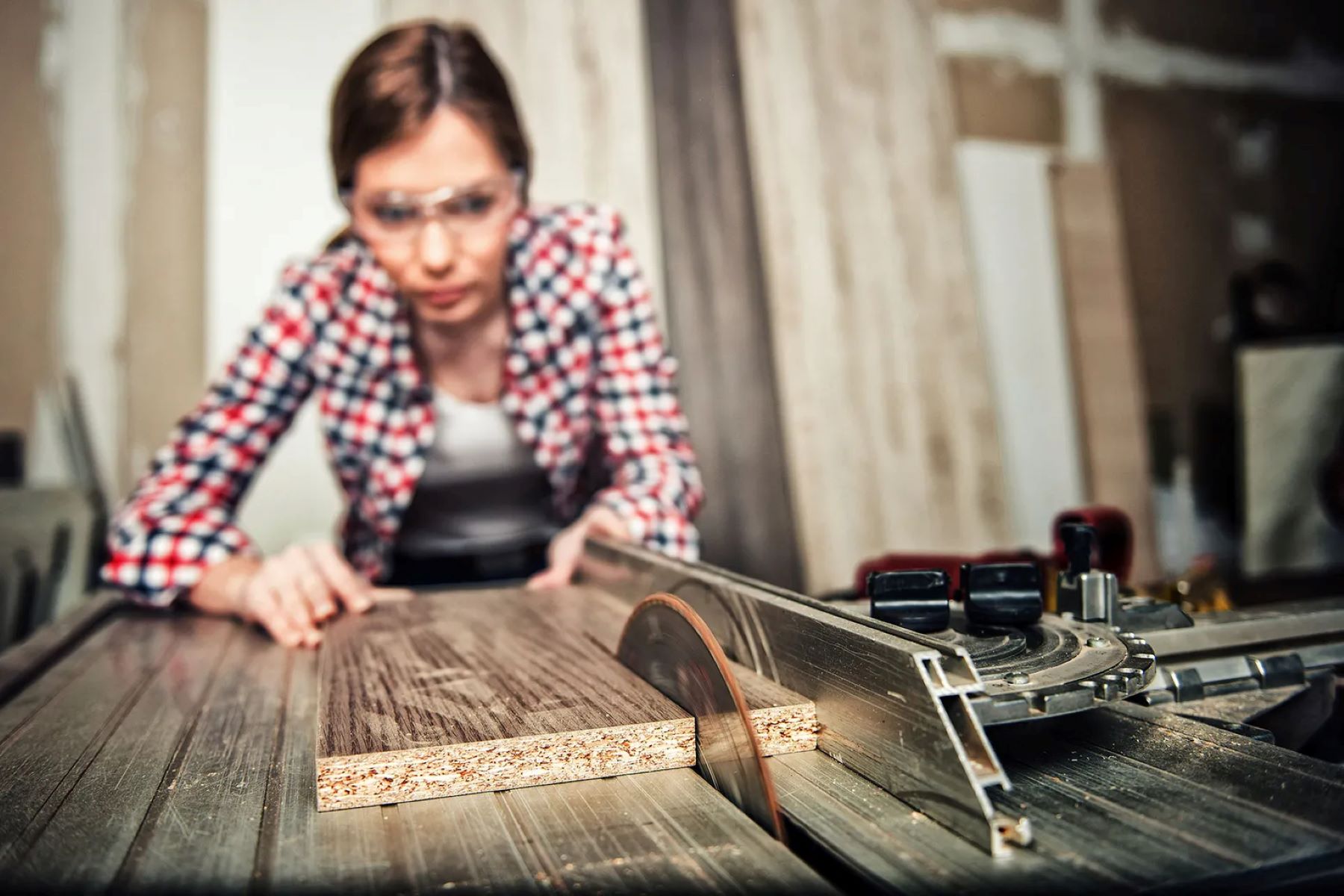
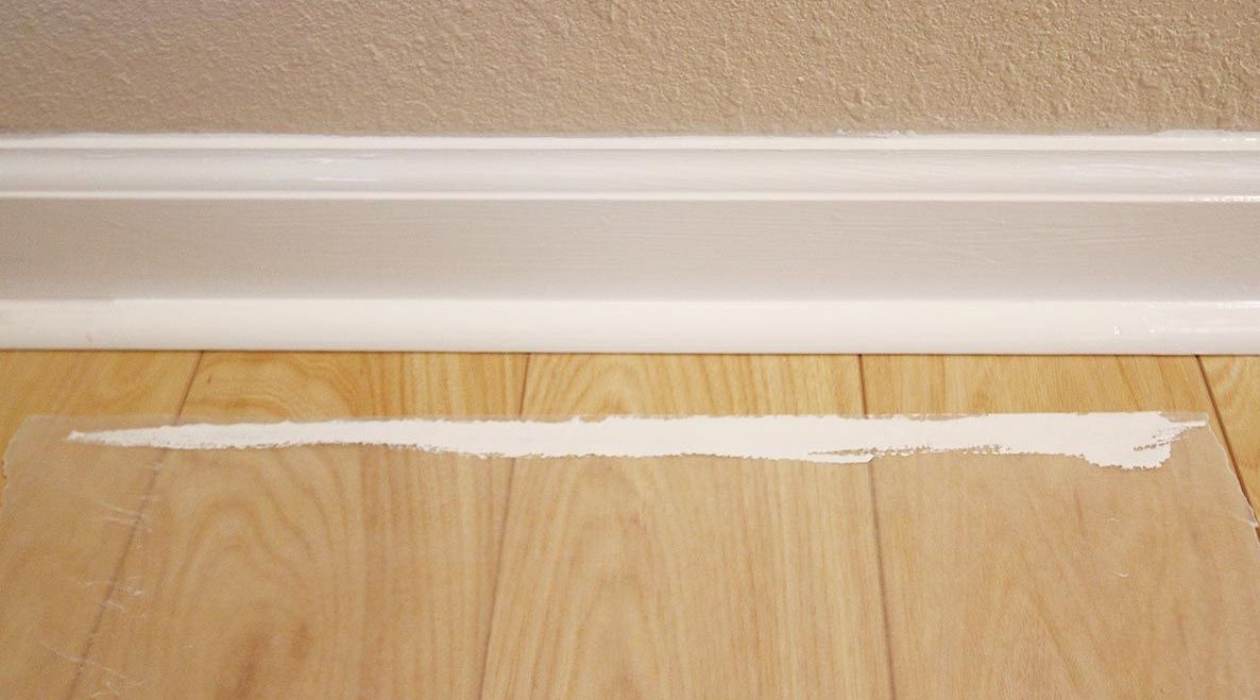
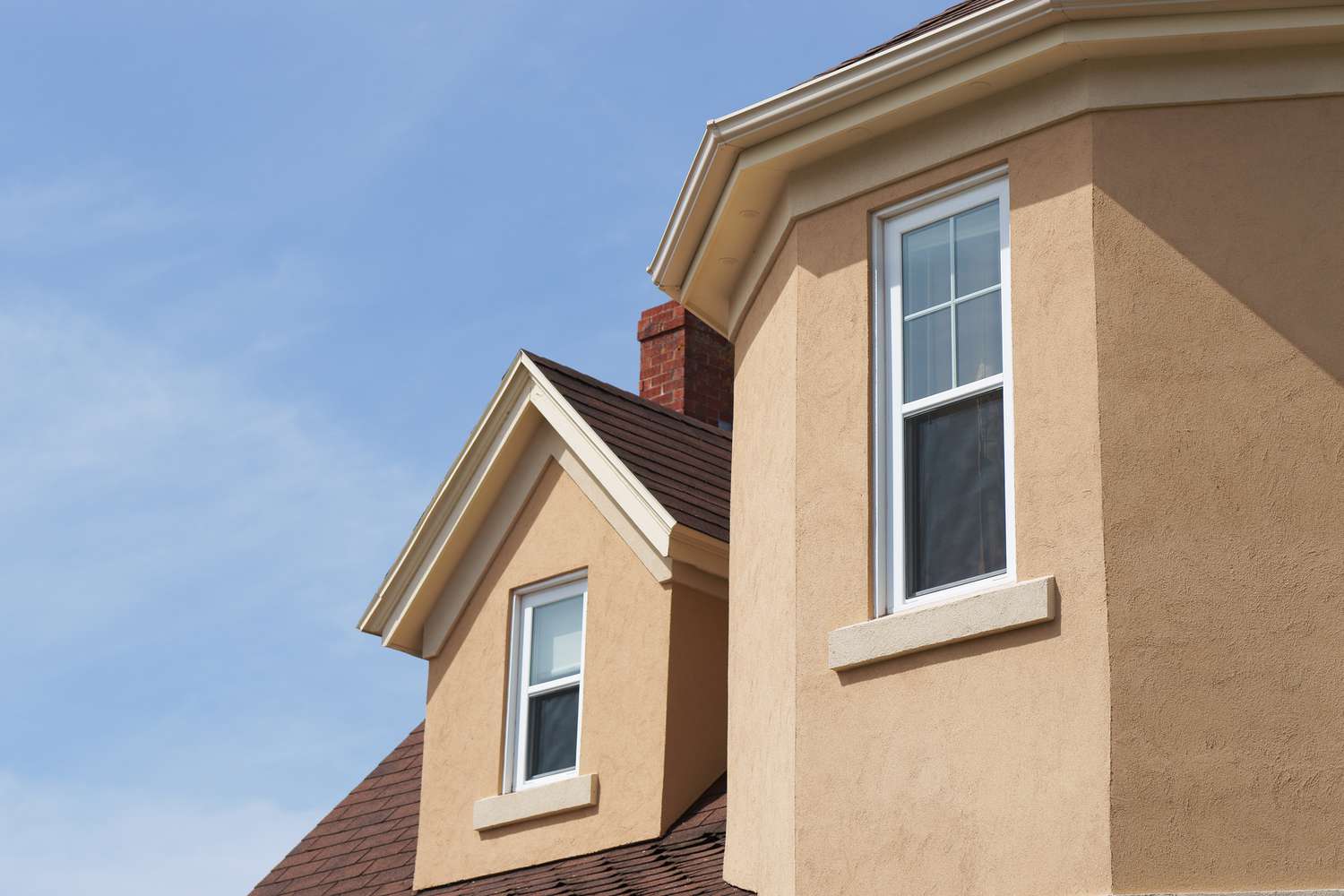
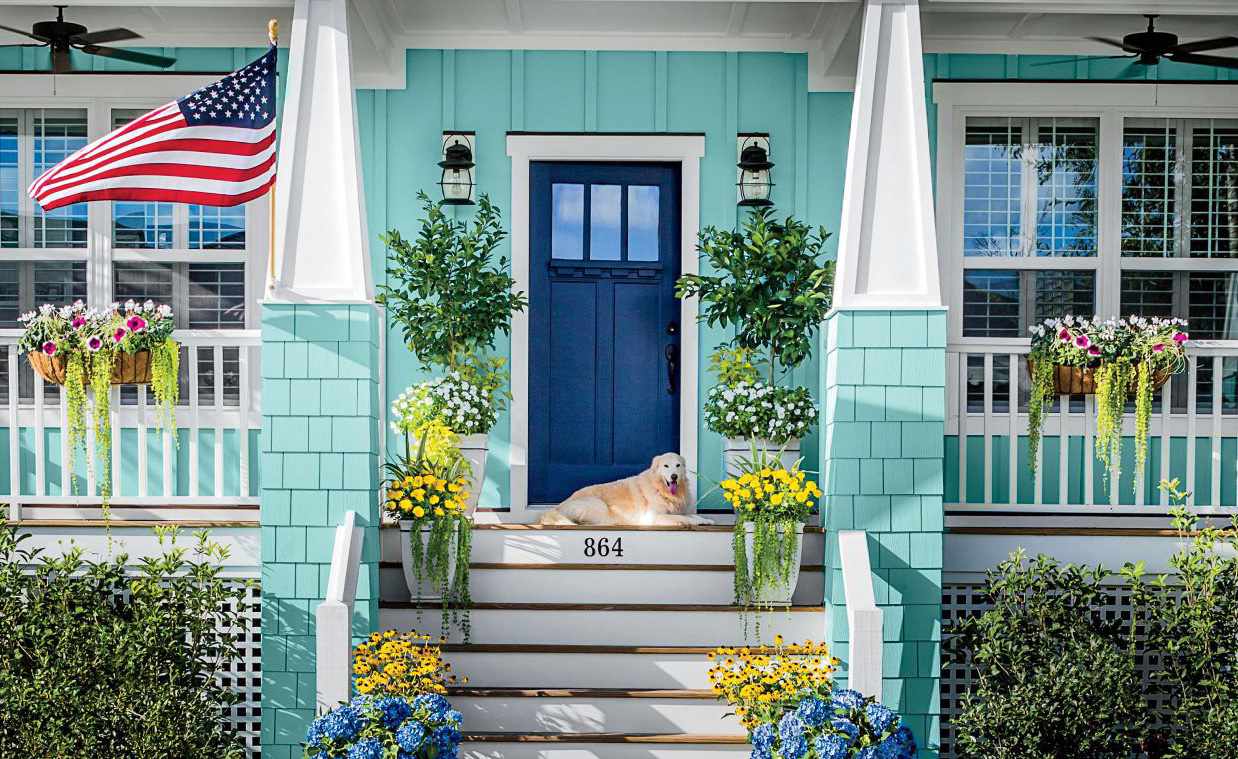
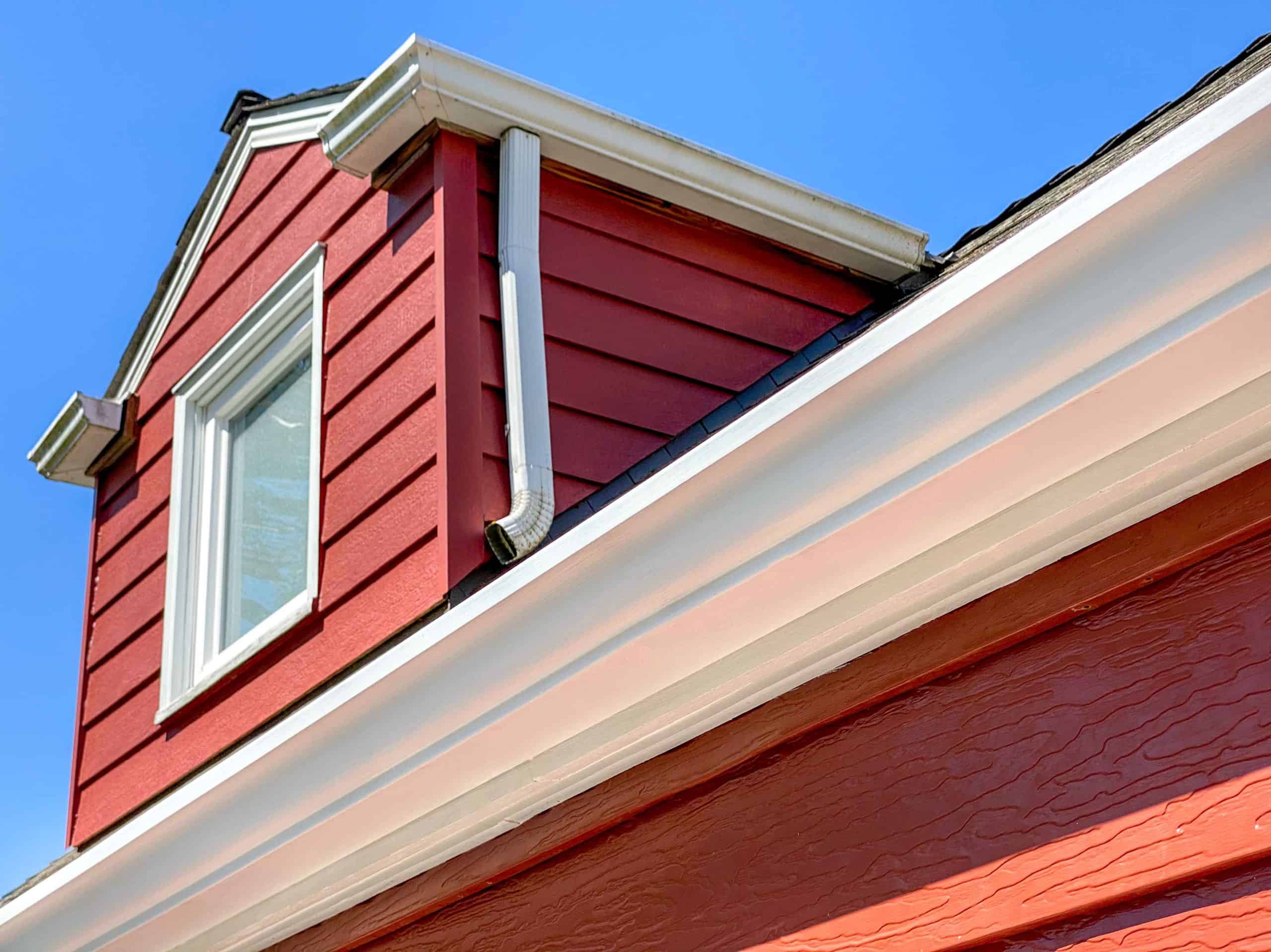
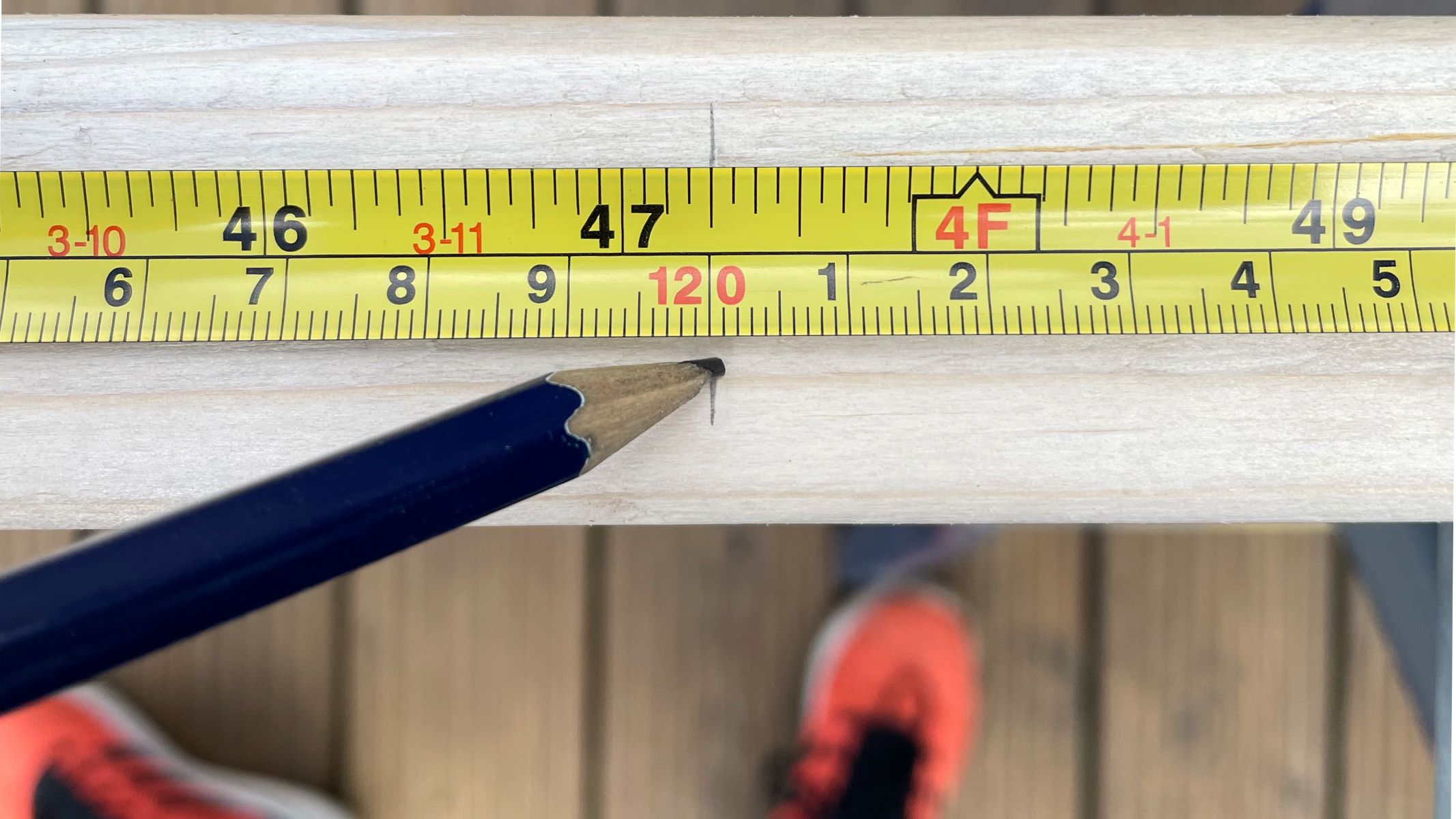
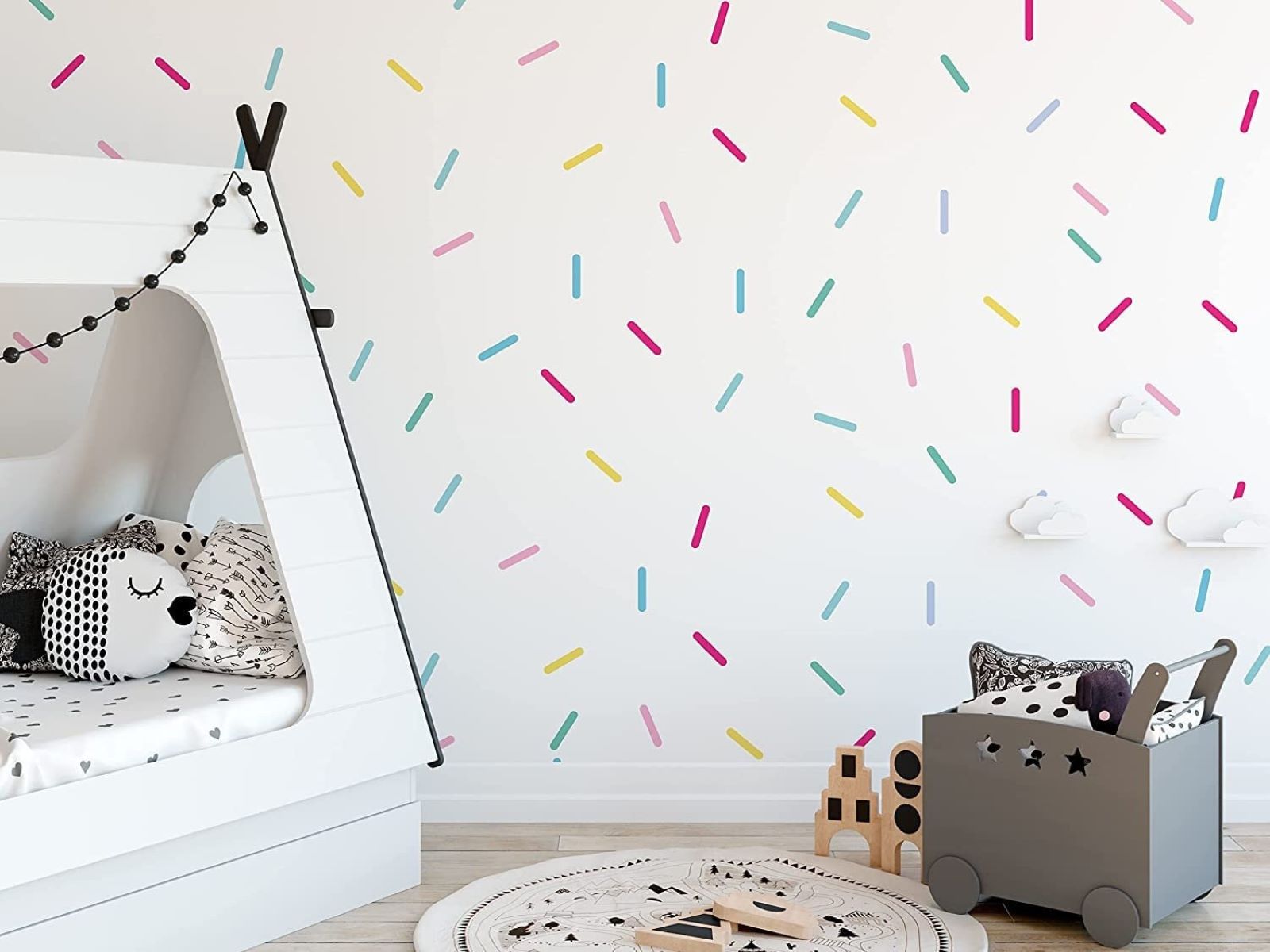
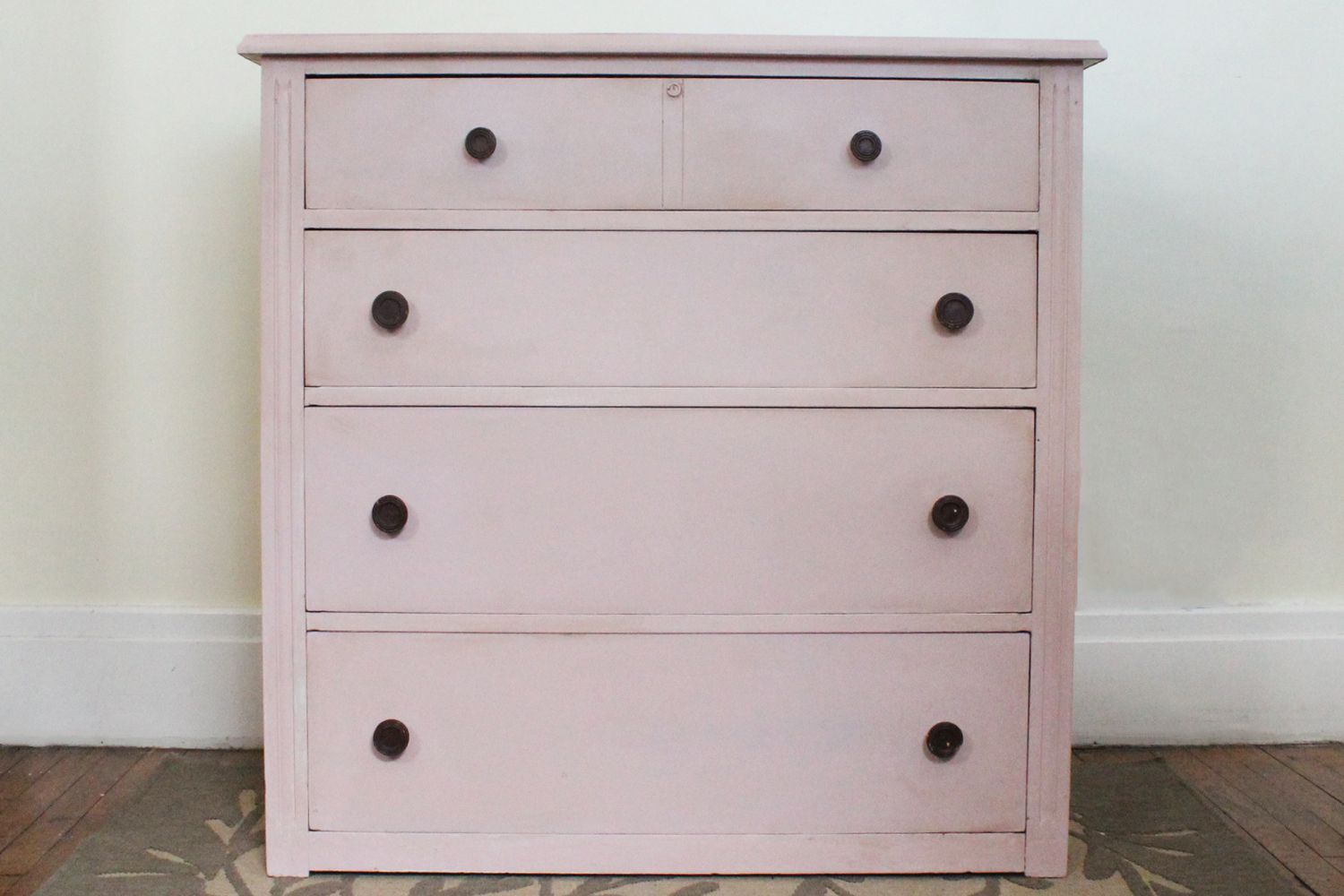
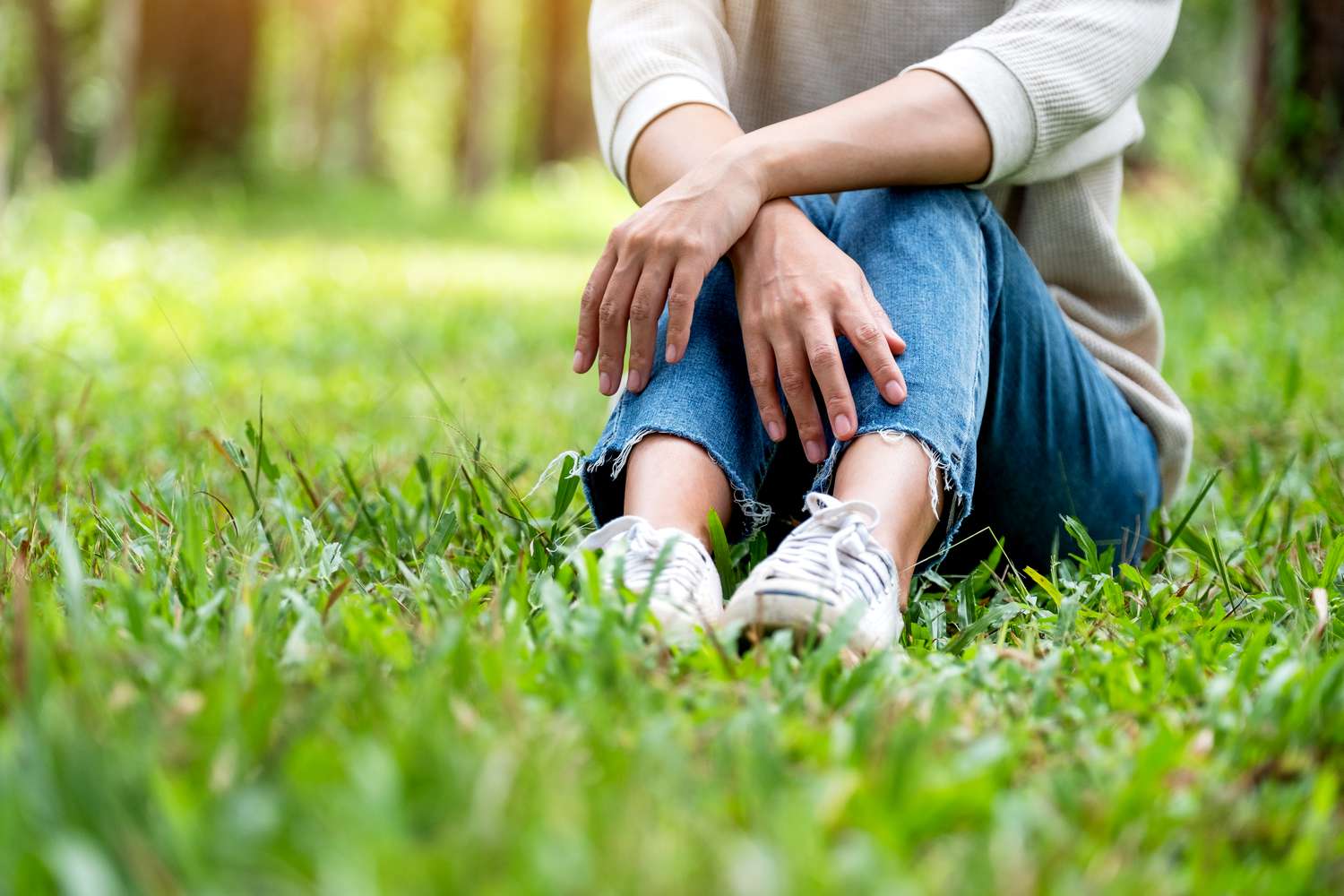
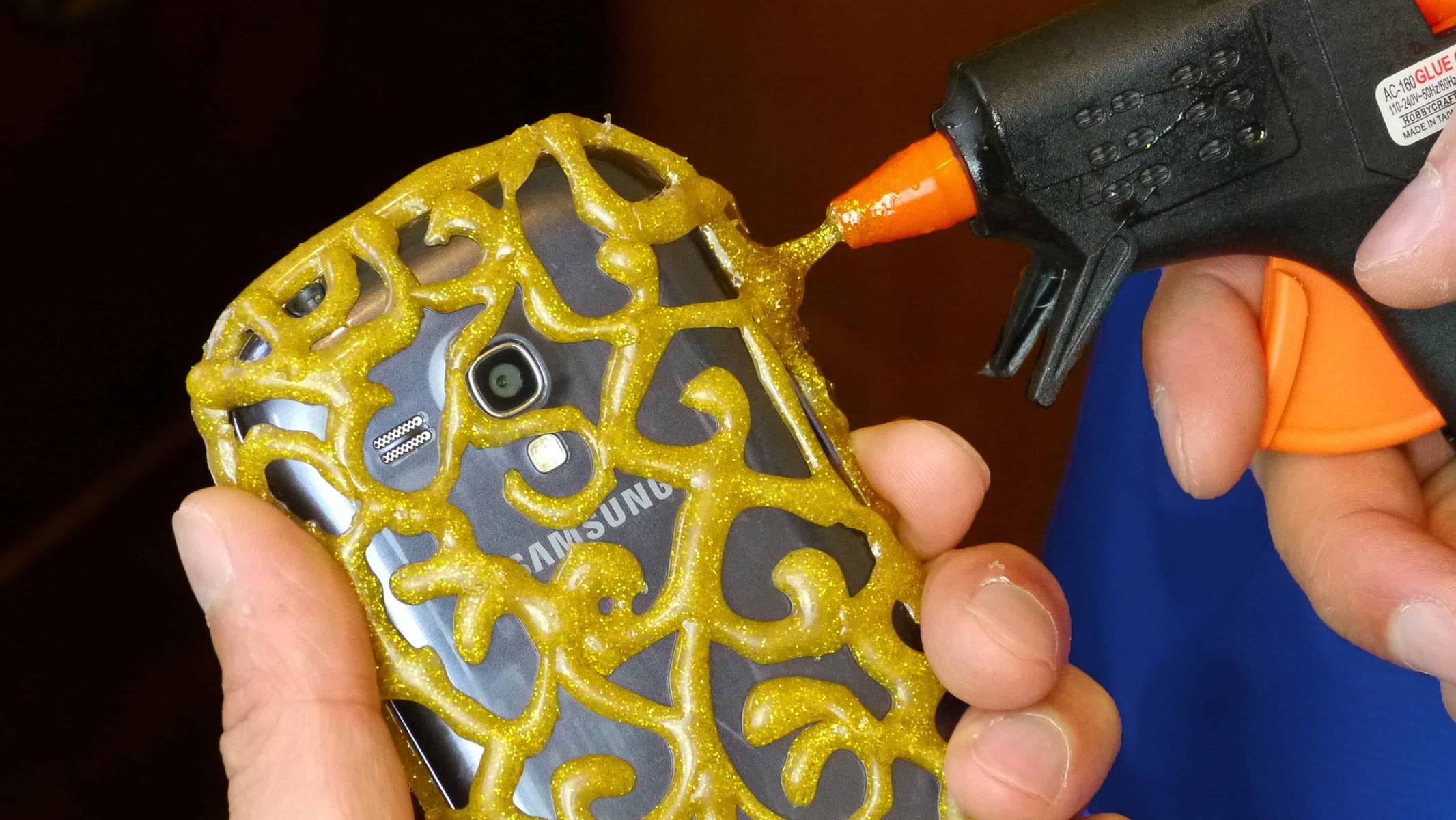
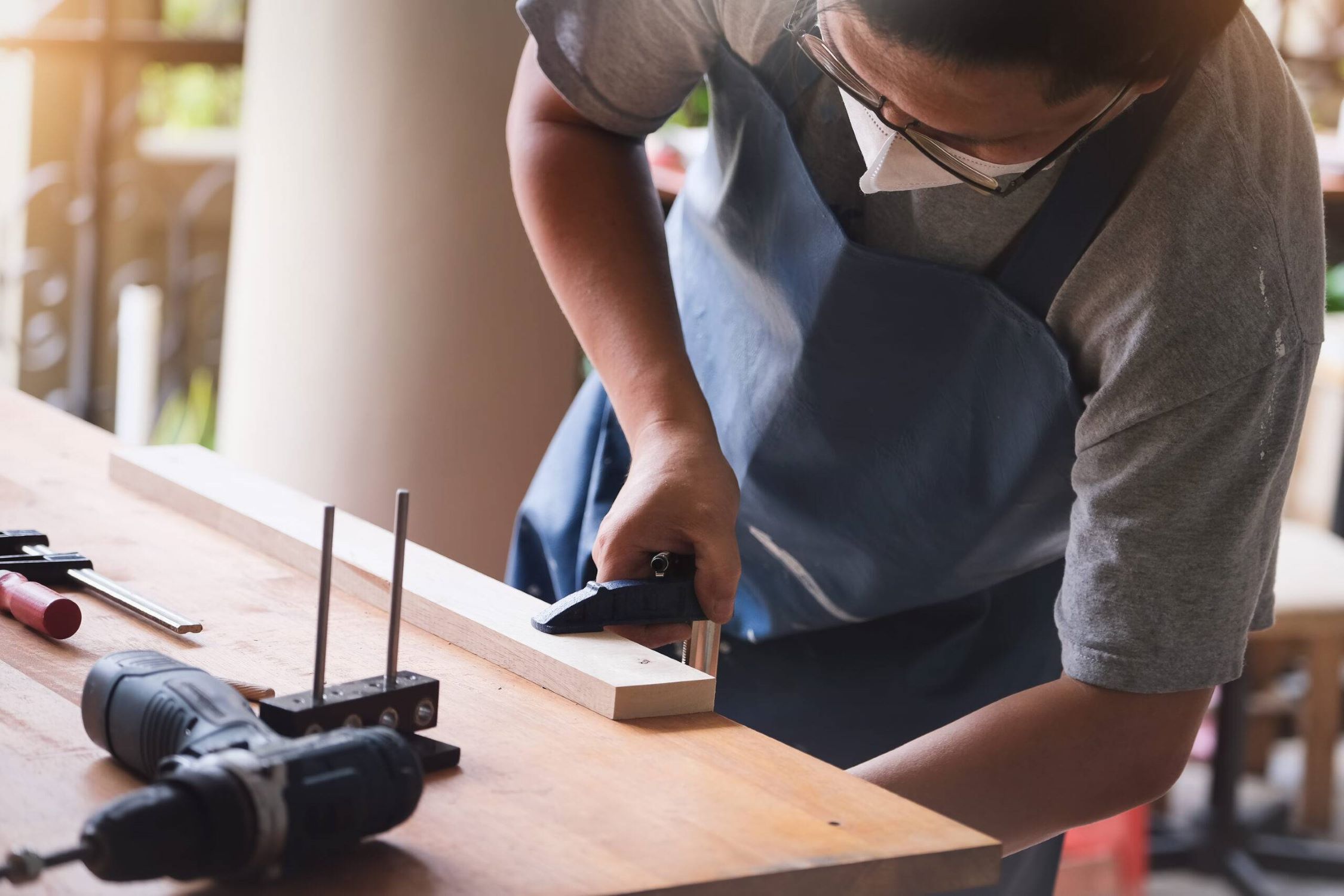
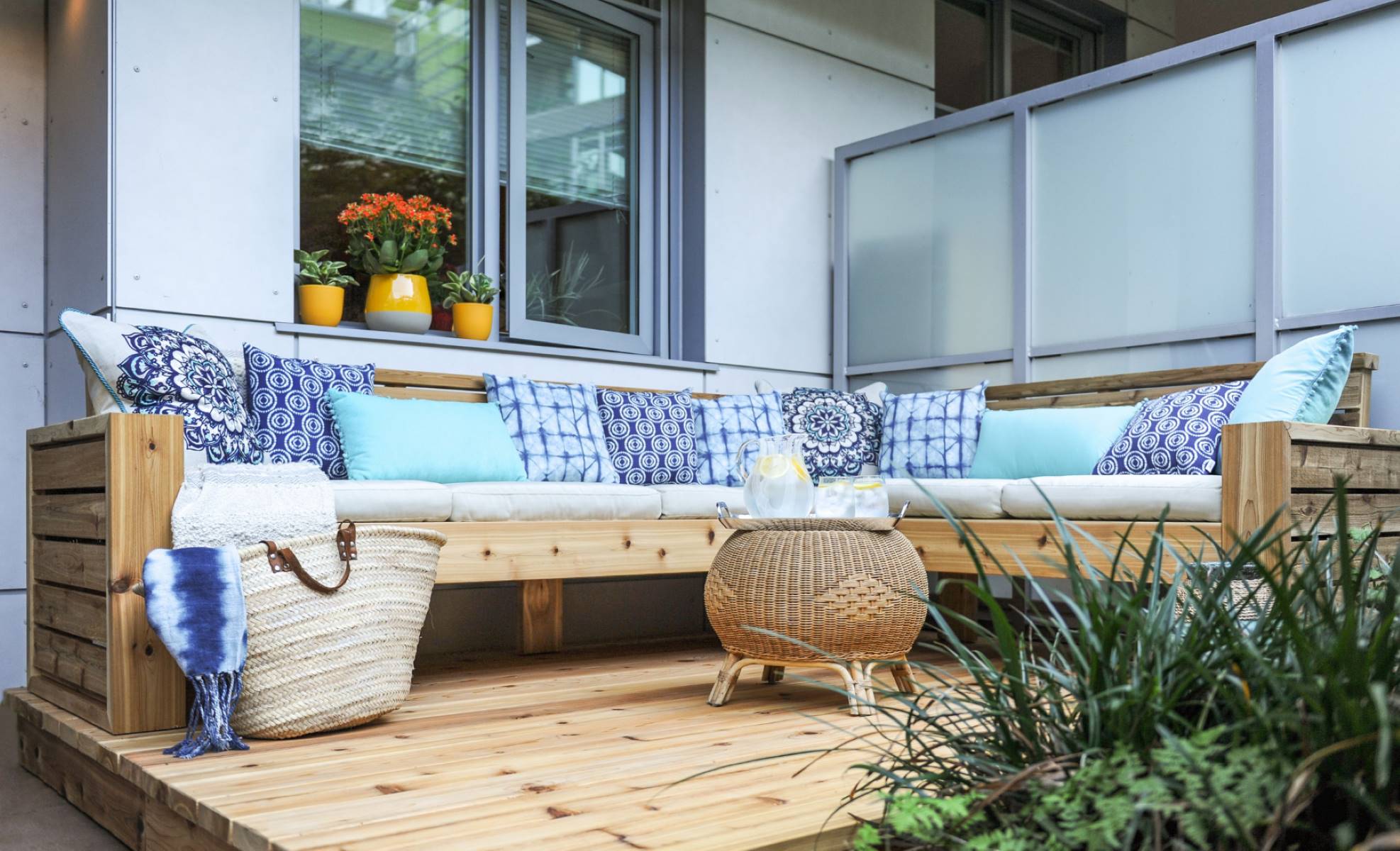
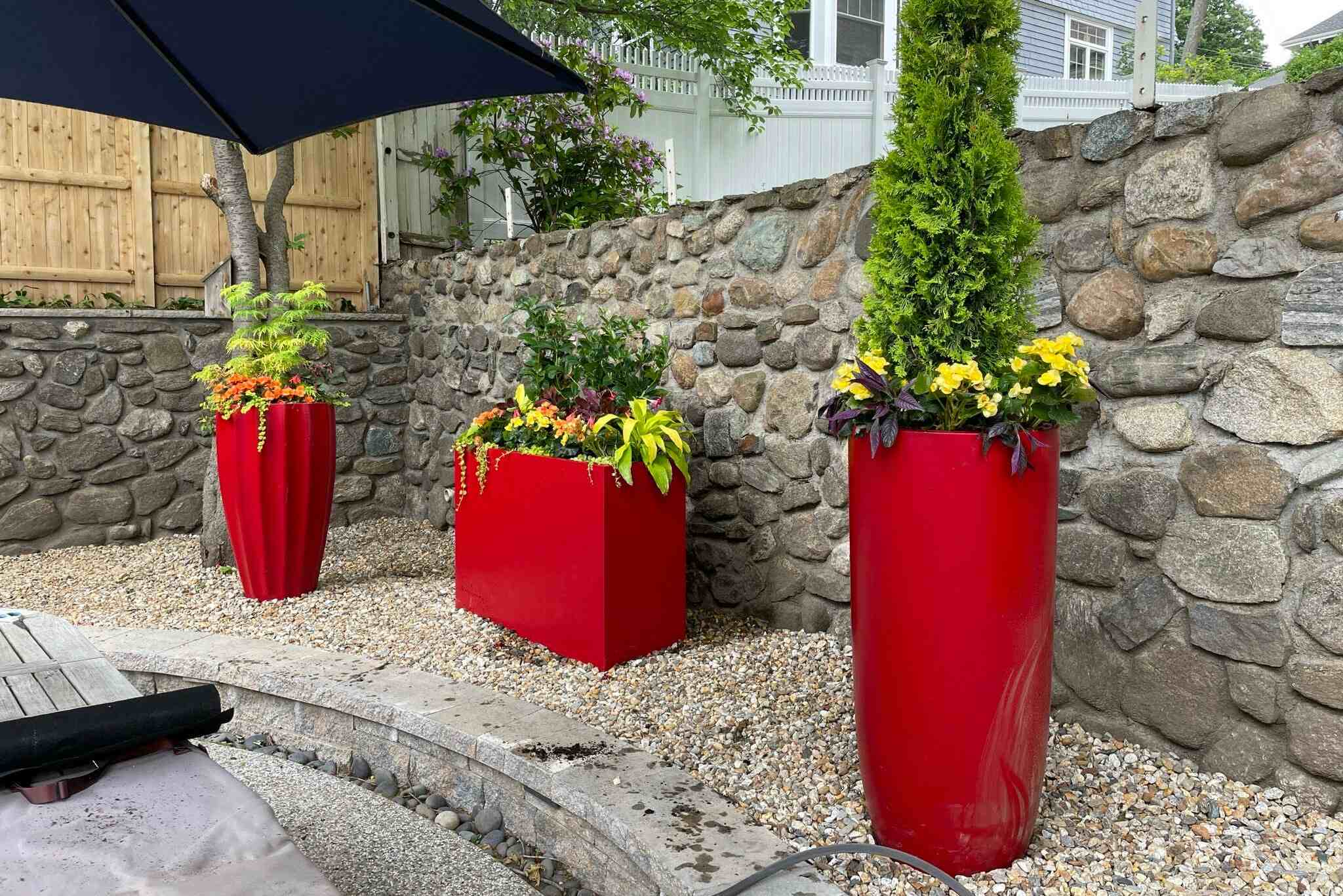
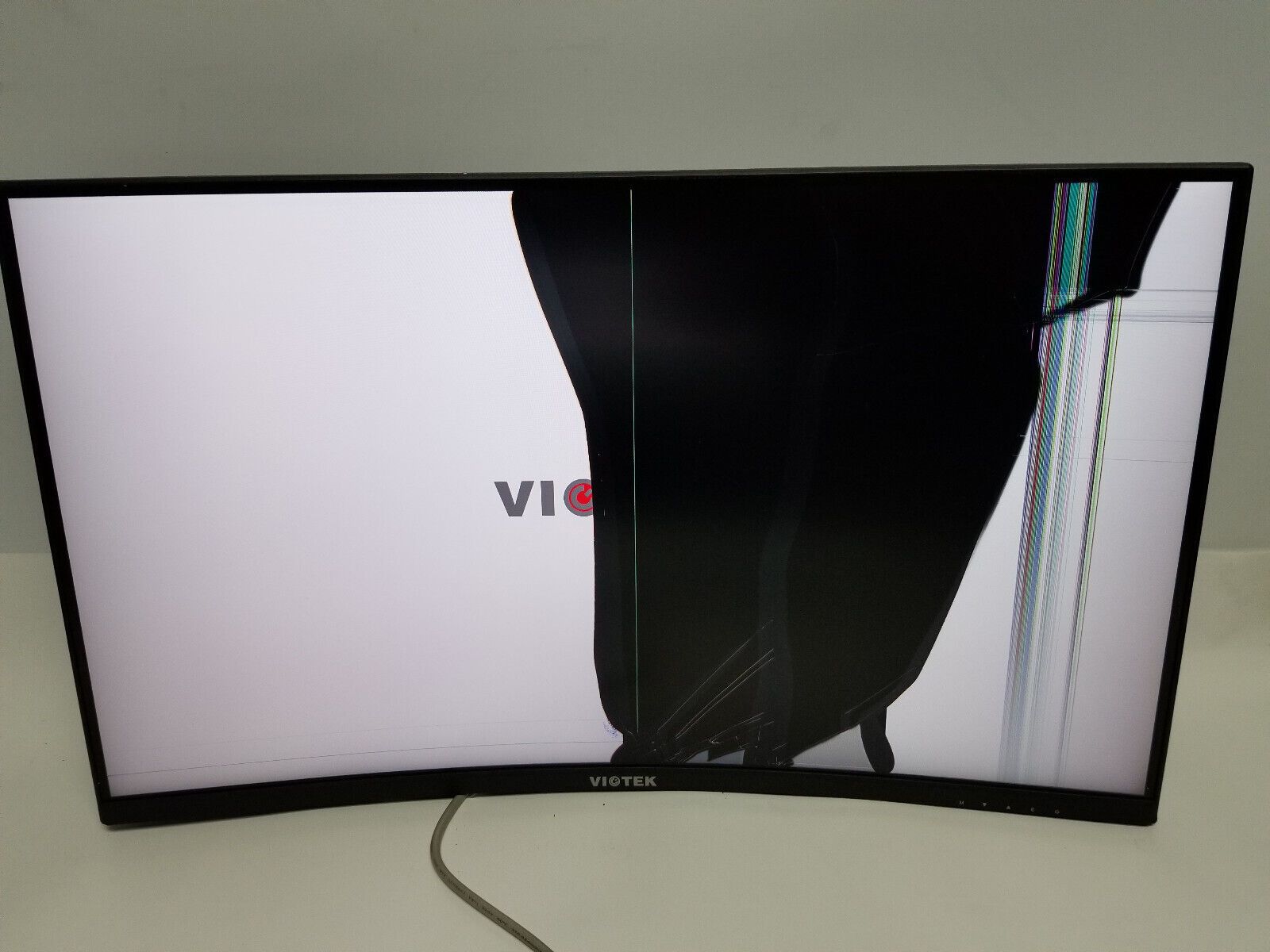

0 thoughts on “What Kind Of Paint Is Used For DIY Projects”